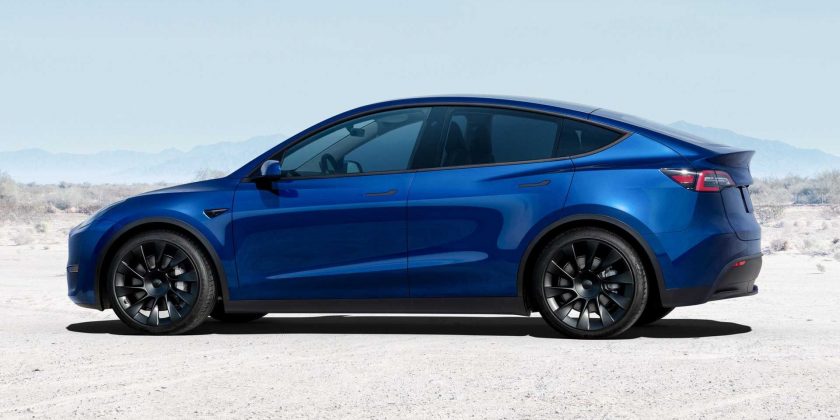Tesla’s factory in Mexico is a topic that returns like a boomerang from time to time and another report just arrived.
Reuters reports (via newspaper El Heraldo de Mexico) that Mexican presidential spokesman Jesus Ramirez said that Tesla is considering setting up an assembly plant (for electric vehicles, as we understand) near Mexico City’s new airport.
The plant might be built in an industrial park in a development about 3 kilometers (2 miles) from the Felipe Angeles International Airport (AIFA).
It was previously expected that Tesla is more interested in the northern state of Nuevo Leon bordering Texas (closer to its HQ and to its largest North American market).
However, even more surprising is the info that Tesla would export its products by air:
“Tesla is looking at investing in that area to take advantage of AIFA,” Ramirez told Reuters late on Monday, noting the site could serve as a base for the firm to export by air.”
It’s hard to believe that electric vehicles would be ever shipped in volume using aircrafts, so it might be a bug in translation or maybe we are talking about a different product than electric vehicles, or some specific parts.
We can’t say anything for sure, but considering that Tesla is a global company and that is expanding its business (related to cars, trucks, batteries, charging, software, and even autonomous robots), there is always a chance that one of its new plants will be built in Mexico.
Ford and General Motors are also producing cars in Mexico – in the case of EVs, Ford is producing the Mustang Mach-E, while GM intends to produce in Mexico Ultium-based models.
We must keep in mind that recently Tesla’s CEO Elon Musk hinted at multiple ideas/products that the company could introduce in the market. A new plant potentially could be for one of new, undisclosed products.
- Share on Facebook
- Share on Twitter
- Share on LinkedIn
- Share on Flipboard
- Share on Reddit
- Share on WhatsApp
- Send to email
Source: Read Full Article

